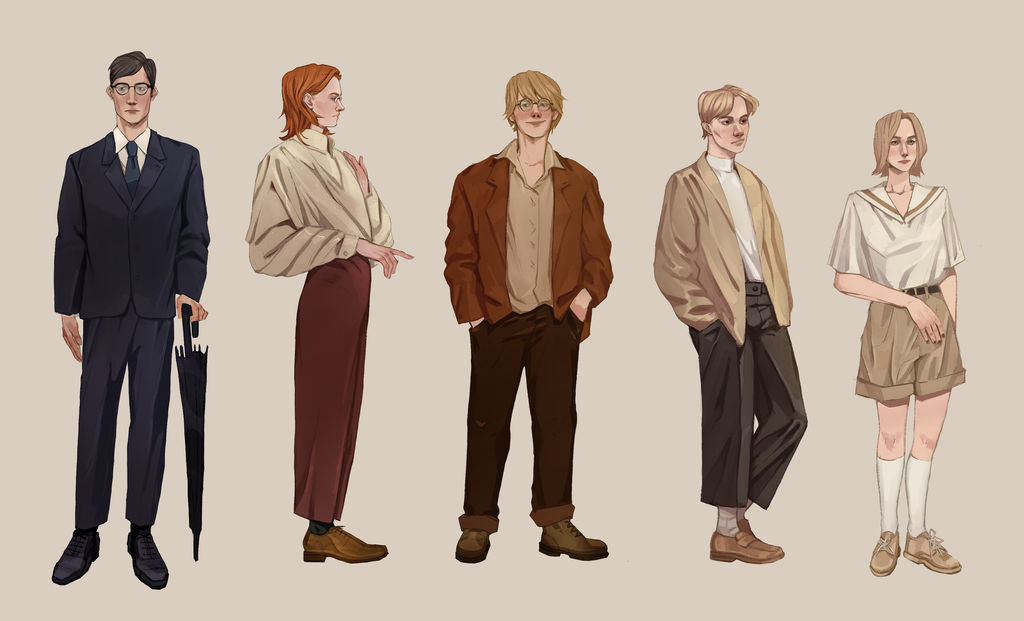
FAQ About The Secret History

Can you discuss the relationship dynamics between the characters and how they evolve throughout the novel?
The relationship dynamics between the characters in "The Secret History" undergo significant evolution throughout the novel, reflecting the central themes of friendship, loyalty, betrayal, and the consequences of their actions. Here's an overview of these dynamics and their evolution:
- Initial Camaraderie: At the beginning of the story, the main characters, Richard, Henry, Francis, Bunny, and Charles, form a tight-knit group of friends who share a common interest in classical studies. They are drawn together by their shared intellectual pursuits and the allure of Julian Morrow's mentorship.
- Intellectual Bond: Their initial bond is largely intellectual. They share a passion for the classics and philosophical discussions. This intellectual camaraderie creates a sense of belonging and unity among them.
- Julian Morrow's Influence: Julian Morrow's mentorship plays a pivotal role in shaping their relationships. His charismatic and enigmatic presence fosters a sense of reverence and loyalty among the students, especially Richard, who idolizes him.
- Growing Isolation: As the group becomes more insular and exclusive, they distance themselves from the outside world, including other students and faculty. This isolation intensifies their relationships within the group but also contributes to their growing detachment from conventional morality.
- Secrets and Betrayal: The turning point in the group's dynamics occurs when they commit a murder and subsequently cover it up. This act creates an unspoken bond built on shared guilt but also introduces an element of distrust and fear. The group becomes increasingly entangled in a web of lies and deception.
- Bunny's Role: Bunny Corcoran, one of the group members, is both an integral part of their friendship circle and an outsider due to his brash personality and financial struggles. His presence adds tension to the group dynamics, and his actions ultimately lead to a rupture in their relationships.
- Moral and Psychological Strain: As guilt and fear mount, the characters' relationships are strained. They struggle to reconcile their actions with their friendships, and suspicions and resentment simmer beneath the surface.
- Disintegration of Trust: Trust among the group members erodes, and they become increasingly paranoid about each other's loyalty. This mistrust culminates in a climactic event that irreparably fractures their relationships.
- Individual Moral Conflicts: Each character grapples with their own moral conflicts, further driving a wedge between them. Richard, in particular, experiences an internal struggle as he questions his involvement in the group's actions.
- Fatal Consequences: The culmination of their actions leads to tragic consequences that have a profound impact on their relationships. Loyalty turns to betrayal, and the group disintegrates as they confront the full extent of the moral and emotional toll of their choices.
- Aftermath: By the end of the novel, the surviving characters are left deeply scarred, both emotionally and psychologically. The once-close bonds of friendship have been shattered, leaving behind a legacy of guilt and trauma.
